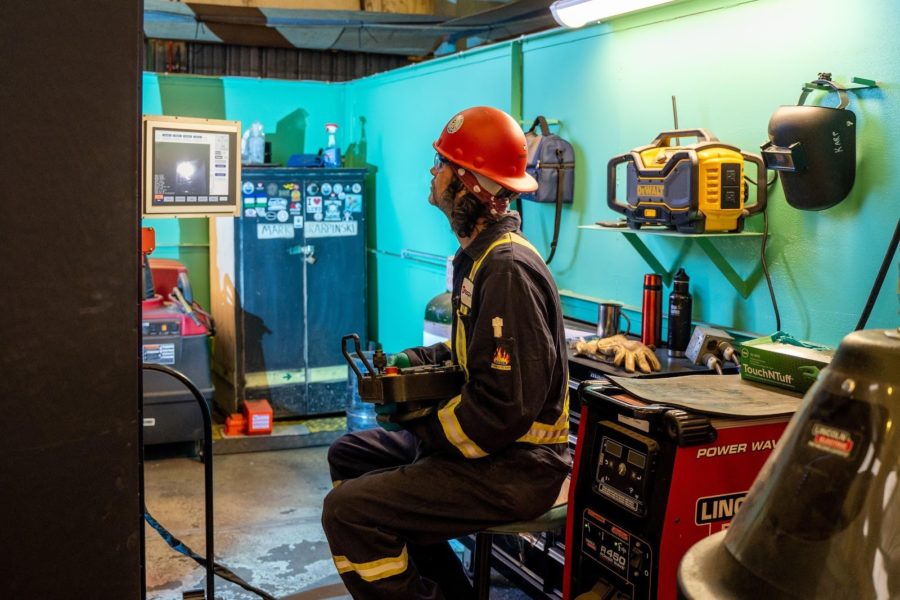Published by: The Tube & Pipe Journal– March 2021
As the world struggles through the COVID-19 pandemic, robots are becoming accepted more readily in the workplace, especially for activities that normally require human contact. Robots continue to promise significantly improved productivity and performance for many tasks, and they have a role in assisting less-experienced labor. Formerly the domain of low-mix, high-volume applications, robots these days also are useful for high-mix, low-volume applications. Their flexibility has grown exponentially, and prices have fallen dramatically over the decades, putting them within financial reach of small fabrication shops.
The early introduction of robots was basically a process of applying off-the-shelf systems that had little in the way of customization. As time went on, advances in control technology facilitated more customized solutions. As with any other capital investment, the challenge is knowing what the organization needs and justifying the capital investment relative to the potential benefits. In addition to performing work with great accuracy and consistency, the potential speed of a robot leads to questions of work flow disruption. Will upstream systems keep up? Can downstream systems do the same? Beyond training, other personnel questions are critical. Will the staff commit fully to automation, accepting the system as an evolution in shop culture?
The number of robots used worldwide has tripled in the past 20 years and has now reached 2.25 million. That number is predicted to grow to 20 million by 2030. In industries experiencing severe labor shortages, the robotic revolution offers tremendous relief. The welding industry, for example, is facing a shortage of skilled welders, as many are retiring and not enough young laborers are entering the profession. And then there’s the competitive nature of fabrication shops serving the manufacturing industry. Many have realized the benefits of investing in robotics and flexible automation to increase their competitiveness, improve their bid rate on projects, and increase margins on existing projects. But how do industries such as contract manufacturing, oil and gas, and shipbuilding make the leap from experienced, human welders to automation on the production line?
Introducing the Welding Cobot
As the name implies, a collaborative robot, or cobot, is designed to work with workers rather than replace them. Enabled with artificial intelligence augmented with a very detailed understanding of the application, a cobot’s capabilities are vast. A cobot can help less-experienced workers do the tasks that only more senior, highly skilled workers would be expected to perform. At the same time, collaborative robots help shops achieve leaps in productivity as the robot builds on its intelligence through machine-based learning while working alongside people to make their tasks less strenuous, more consistent, and safer. Read more…
